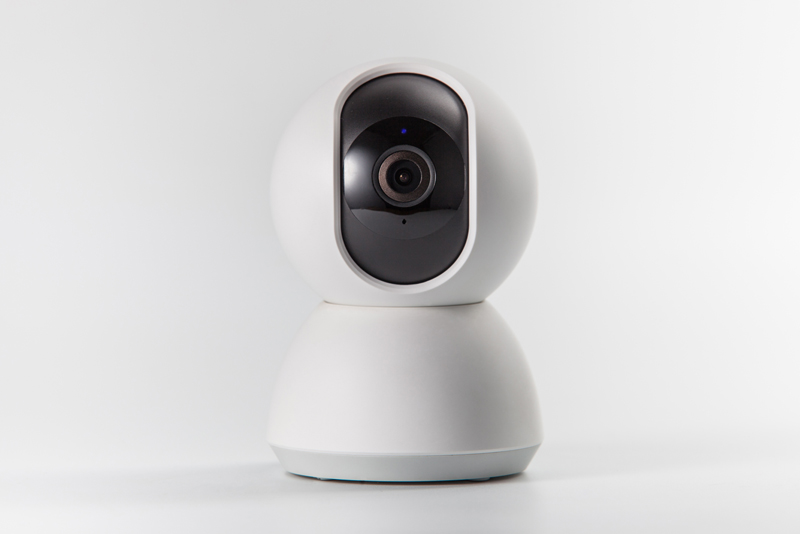2024-09-29 17:05 Author:GAODAO
Surveillance cameras are semiconductor imaging devices that have advantages such as high sensitivity, strong light resistance, low distortion, small size, long lifespan, and anti vibration. In the security and prevention system of surveillance cameras. The generation of images currently mainly comes from CCD cameras, which can also extract stored charges to cause voltage changes. It has the characteristics of anti vibration and impact and is widely used.

Surveillance cameras play a very important role in public safety. Outdoor surveillance cameras are usually installed on support poles or walls at a certain height from the ground, exposed to the outdoor environment as a whole, and are easily affected by the external environment.
Due to the configuration of infrared lamps with high heat generation, the monitoring camera will experience heat concentration in front of the infrared camera during the entire working period (calculated as 12 hours) after the infrared lamp is turned on. If the heat cannot be evenly dissipated, it will affect the normal operation of the camera. For example, with 50 ¢ 5 infrared light boards, if operated for a long time, the temperature on the LED board can reach almost 90 degrees. The CCD image sensor behind the LED board becomes the most direct victim, and the CCD image sensor can directly convert optical signals into analog current signals. The current signal is amplified and analog-to-digital converted, and is an important component in surveillance cameras for image acquisition, storage, transmission, processing, and reproduction.
Surveillance camera manufacturers have encountered a serious problem: the images captured by surveillance cameras will decrease in quality as the temperature rises, thereby affecting hidden dangers! The working temperature of electronic components determines the stability and service life of electronic products. The components with high heat generation in cameras are image sensors, memory modules, and power modules. Therefore, a comprehensive camera heat dissipation solution has become an issue that manufacturers cannot ignore. How to effectively solve the heat problem is one of the necessary factors to ensure the stable operation of cameras.
Most surveillance cameras use passive and active heat dissipation methods for heat dissipation. Passive heat dissipation increases the contact area between the heat source and the air, while active heat dissipation uses additional heat dissipation devices for heat dissipation. Regardless of which method is used, heat transfer through thermal conductive materials is required.
At present, the most widely used electronic thermal conductive material in monitoring cameras is thermal conductive silicone film. The compressibility of thermal conductive silicone film plays a good role in shock resistance and thermal conductivity in the narrow internal space of monitoring cameras, which can effectively avoid uneven heat dissipation caused by the detachment and displacement of thermal conductive materials. The performance and low thermal impedance of low volatility and high thermal conductivity silicon film are key materials for heat transfer from heat sources, which can quickly transfer and dissipate heat, and reduce the impact of temperature on components.
Thermal conductive silicone sheet product characteristics:
Good thermal conductivity: 3.0~12.0W/mK;
Self adhesive without the need for additional surface adhesive;
Highly compressible, soft and elastic, suitable for low-pressure application environments;
The product can work stably in a low pressure environment at a temperature of -40~180 ℃ and offers multiple thickness options.
The future development direction of surveillance camera products is that image processing capabilities will become increasingly high, and pixels will become denser. The mainstream 720P cameras are gradually moving towards high-end, high-definition pixels, 1080P, 4K image quality, etc. The demand for thermal interface materials will also increase to 6W-12W; Gradually developing towards cloud intelligence.